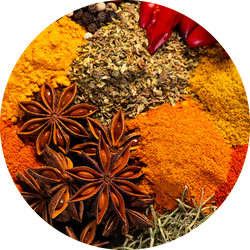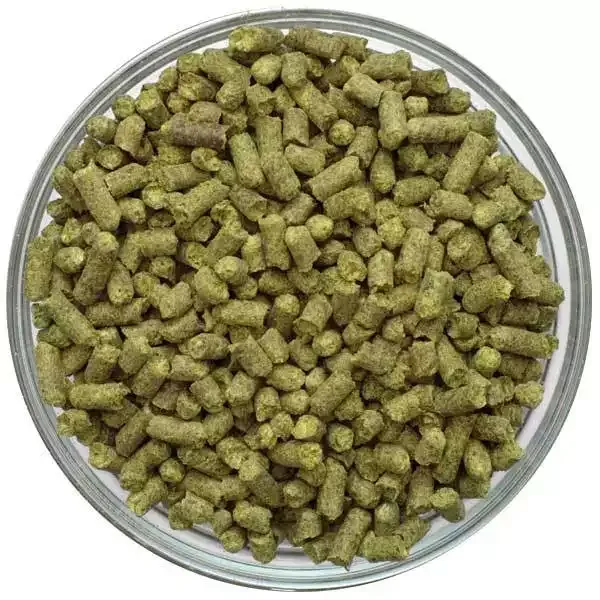
Horizon hops were bred in Oregon in 1970 and released in 1997 as a descendant of Brewer’s Gold and a half-sister to Nugget. Developed through the USDA breeding program, its lineage consists of Brewers Gold, Early Green, USDA 65009, and 64035M. With low co-humulone levels similar to noble varieties, Horizon hops provide smoothness to beer while boasting alpha acid levels as high as 12%, making it highly versatile for every stage of the brewing process.
The aroma profile of Horizon hops is a pleasant mix of citrus, floral, and spicy notes. The intensity of these aromas can range from mild to moderate depending on the crop and growing conditions. It is a dual-purpose hop that offers a smooth bitterness and good aromatic potential, perfect for adding depth to various beer flavors.
Horizon hops are an excellent choice for Pale Ales, IPAs (India Pale Ales), Amber Ales, Porters, Stouts, and Barleywines.
| Usage: | Dual-Purpose |
| Country of Origin: | United States |
| Hop Growers Code: | HOR 7006-398 |
Where To Buy Horizon Hops
Horizon Flavor And Aroma
Horizon is a dual-purpose hop that is often described to have the following aroma characteristics:

citrus

floral

spicy
Horizon Hop Oil Breakdown
Hop oils can vary from year to year and farm to farm but based on our research, here are the typical values we have seen reported. This information comes from various hop farms, The Hop Aroma Compendium, and For The Love Of Hops.
| Alpha Acid % (AA) Alpha acids are what is isomerized when boiling to create bitterness in beer. | 8.8% – 16.5% |
| Beta Acid % Beta acids are what give hops their more aroma and flavor compounds. | 5.5% – 8.5% |
| Alpha-Beta Ratio This ratio of alpha acids to beta acids determines how quickly bitterness fades during aging. Lower ratios are common for aromatic varieties. | 1:1 – 3:1 |
| Co-Humulone as a % of Alpha Higher numbers are said to impart a harsher bitterness. | 16% – 22% |
| Total Oils (mL/100g) With more total oils, typically comes a more complex hop profile but these are highly volatile compounds. | 0.5mL – 2mL |
| Myrcene green, resinous | 45% – 70% |
| Humulene woody, piney | 8% – 20% |
| Caryophyllene woody | 8% – 14% |
| Farnesene floral | 3% – 5% |
| Other Oils: Includes beta-ionine, beta-pinene, limonene, linalool, geranoil & selinene | 0% – 36% |
| Hop Storage Index (HSI) The HSI indicates the percent of alpha and beta acids lost after 6 months of storage at room temperature (68°F or 20°C). | Retains 80%-85% alpha acid after 6 months storage at 20ºC (68ºF). |
| Hop Storage Index (HSI) Rating | Great |
Horizon Hop Substitutions
Replacing one hop for another is seldom straightforward but sometimes you don’t have the right hop or the right quantity of hops for the beer you want to make. For those situations, we have made a comprehensive list of hops to substitute on brew day.
These substitutions aren’t perfect as hop chemistry is pretty complex.
We wanted to make this list of substitutions with varietals that are easy to find when possible. For Horizon, we recommend substituting with the following hops:
Beer Styles
For the most part, any hop could have a place in just about any beer style. Based on popular beers, historical usage, and our own preferences, we would recommend using Horizon for IPA, New England IPA, Pale Ale, Wheat Beer, Golden Ale. That being said, experiment and see what works best for you.
References
https://www.hopslist.com/
https://www.ars.usda.gov/
https://www.brewersassociation.org/
https://www.barthhaasx.com/
https://www.yakimachief.com/
Hieronymus, Stan. For The Love of Hops. Brewers Publications, 2012
The Hop Aroma Compendium. 2012


